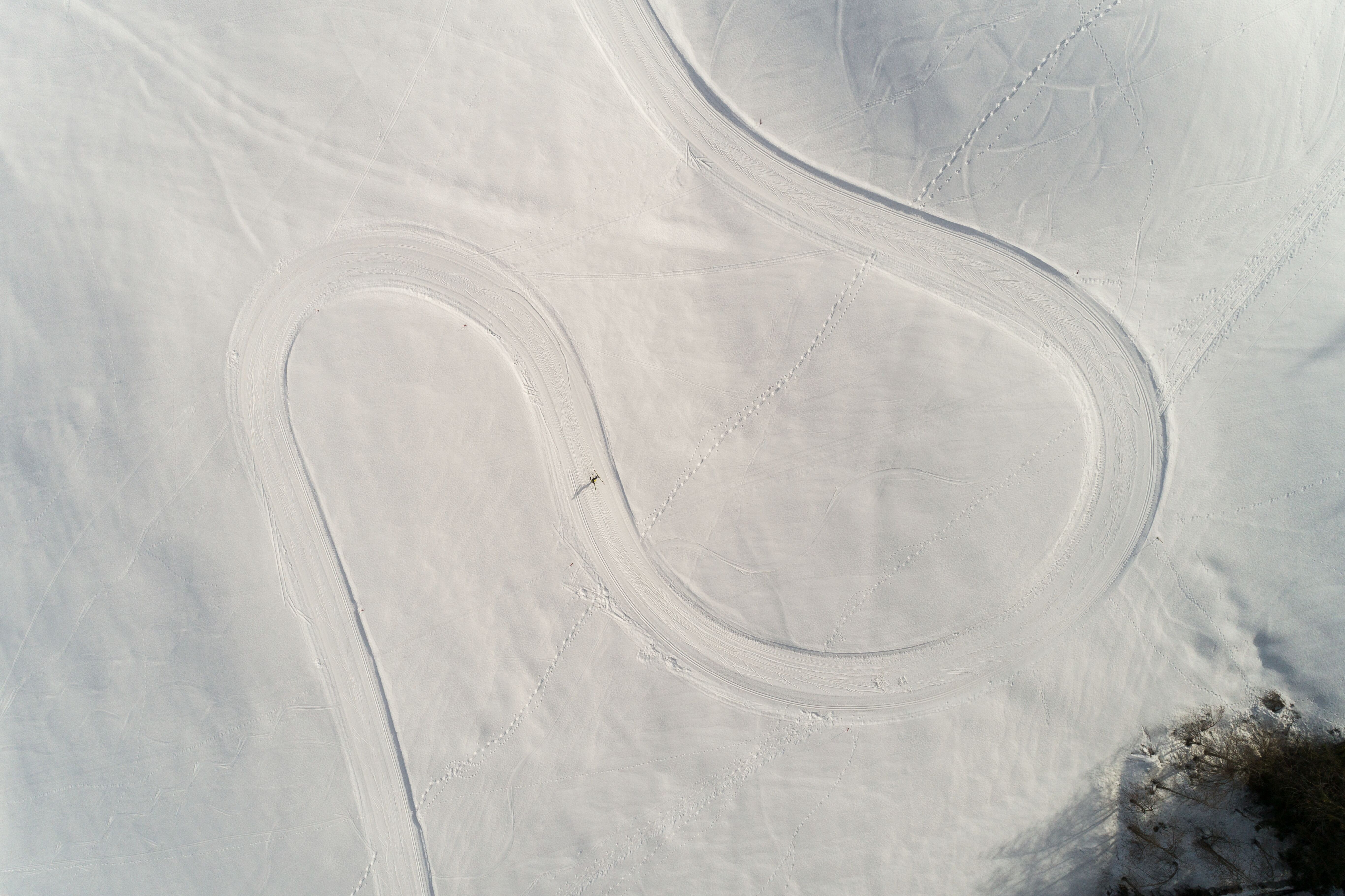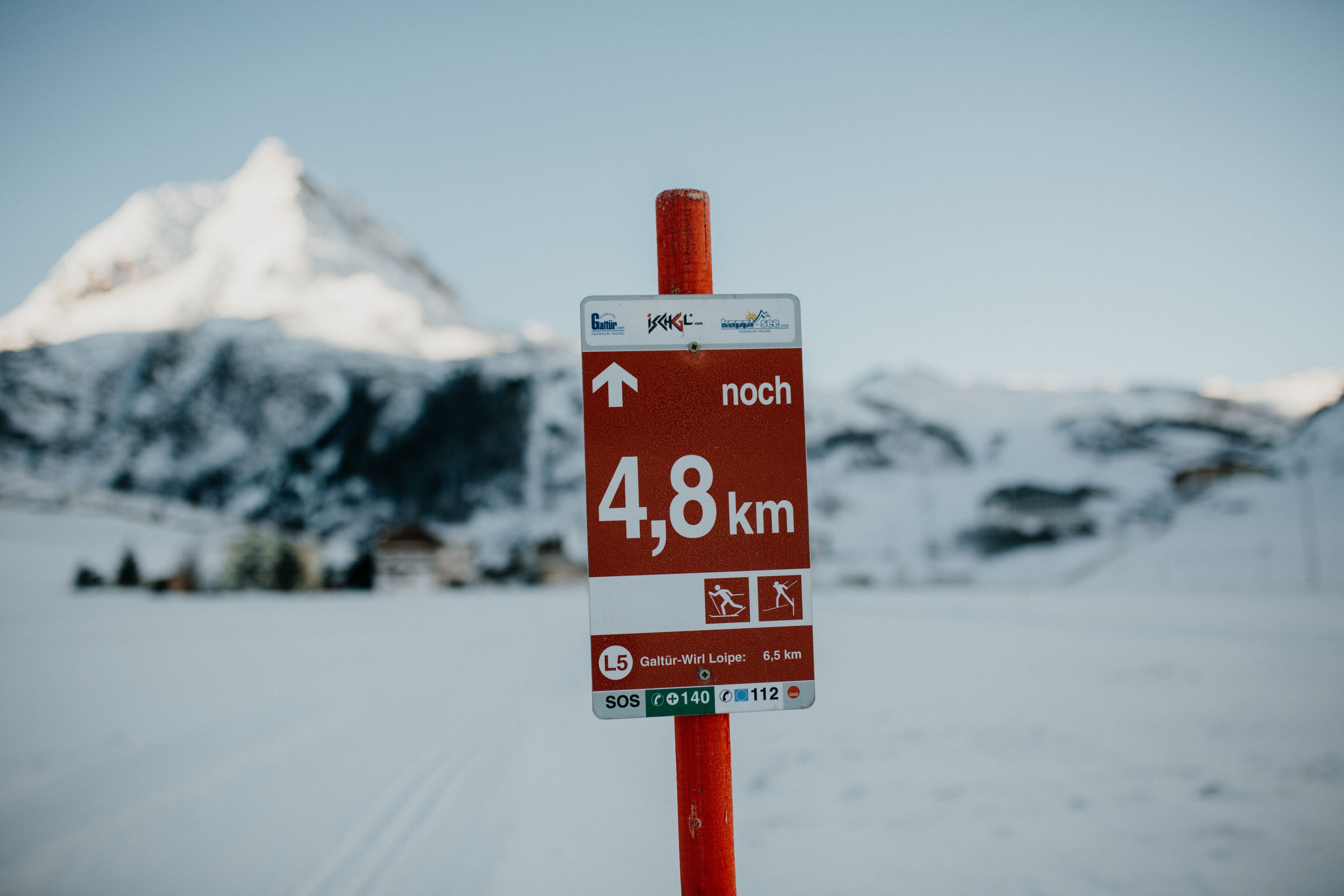The most beautiful regions and places for cross-country skiing
Of course, you can find a cross-country ski trail almost everywhere in Tirol. However, there are certain places and regions that are simply made for cross-country skiing.

While the masses make a pilgrimage towards the ski area, you can choose from 4,000 kilometres of cross-country ski trails in the most beautiful and peaceful natural surroundings. We can promise you this much: you won't have to queue anywhere.
